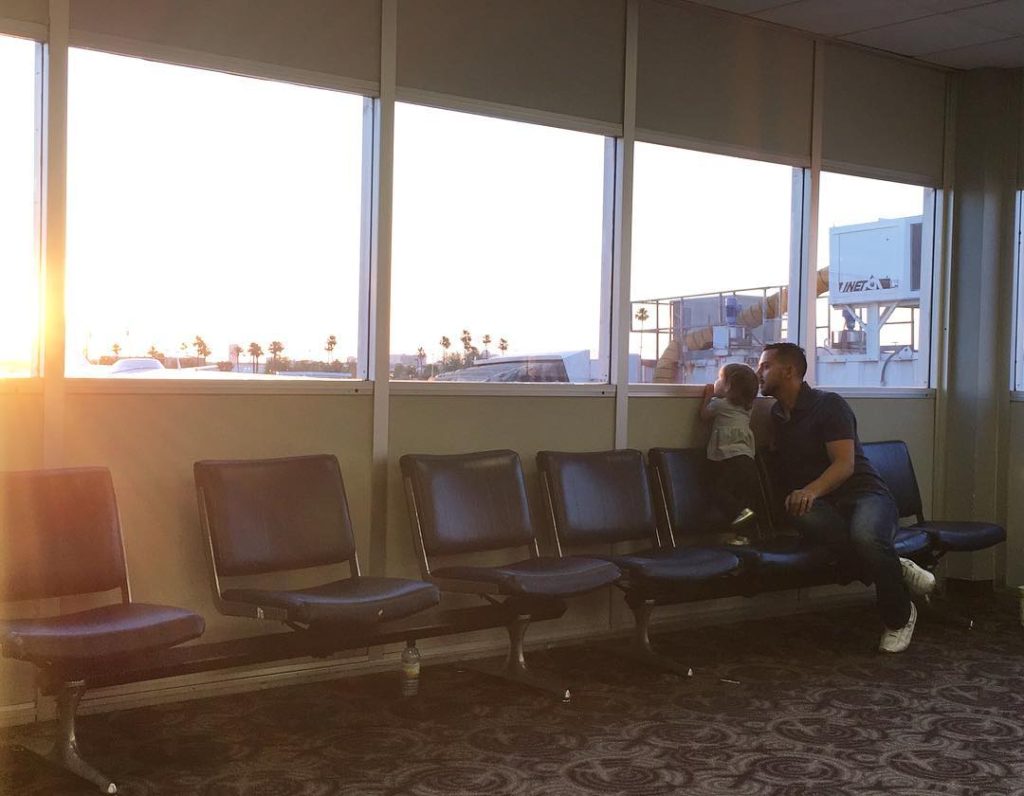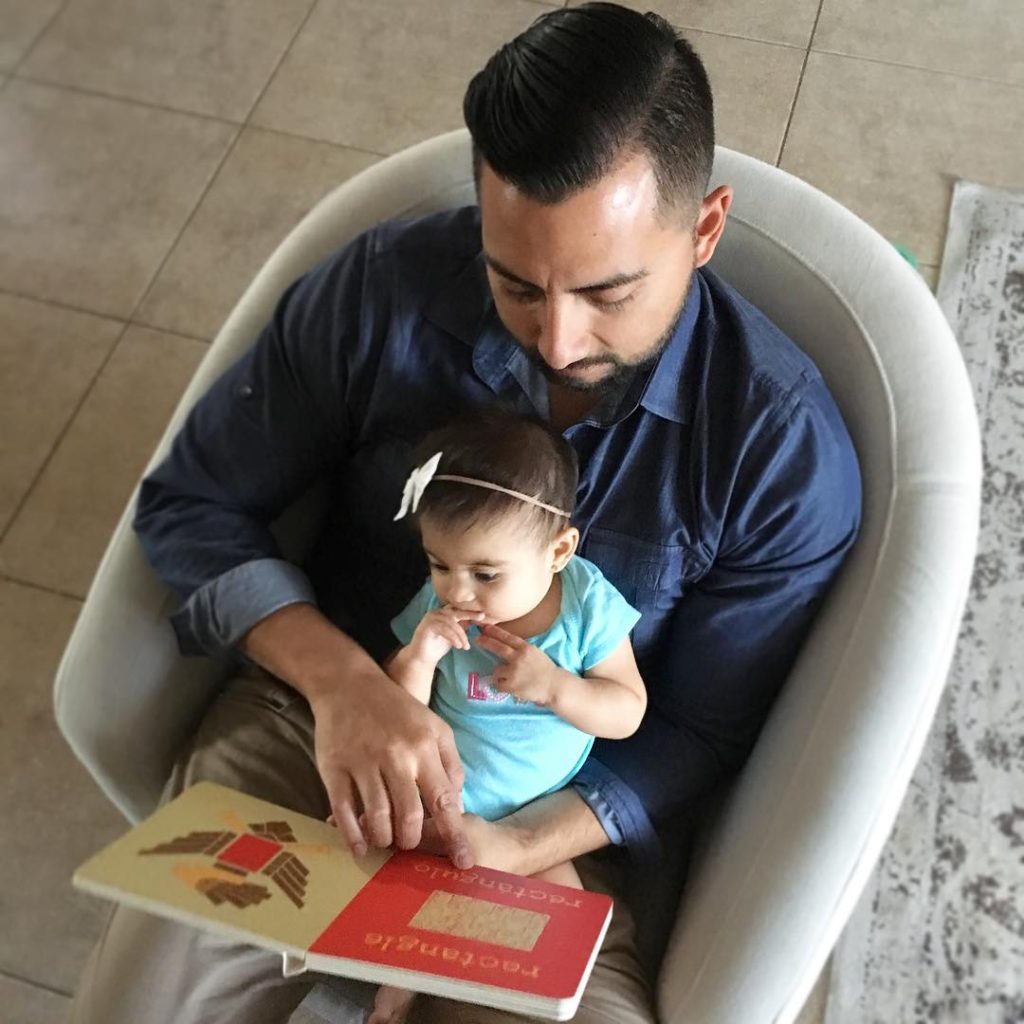Conversar para Aprender: Haz estas 5 cosas para que tu bebé sea super inteligente
Este post fue patrocinado por Read On Arizona. Todo el contenido y pensamientos son sinceros y propios.
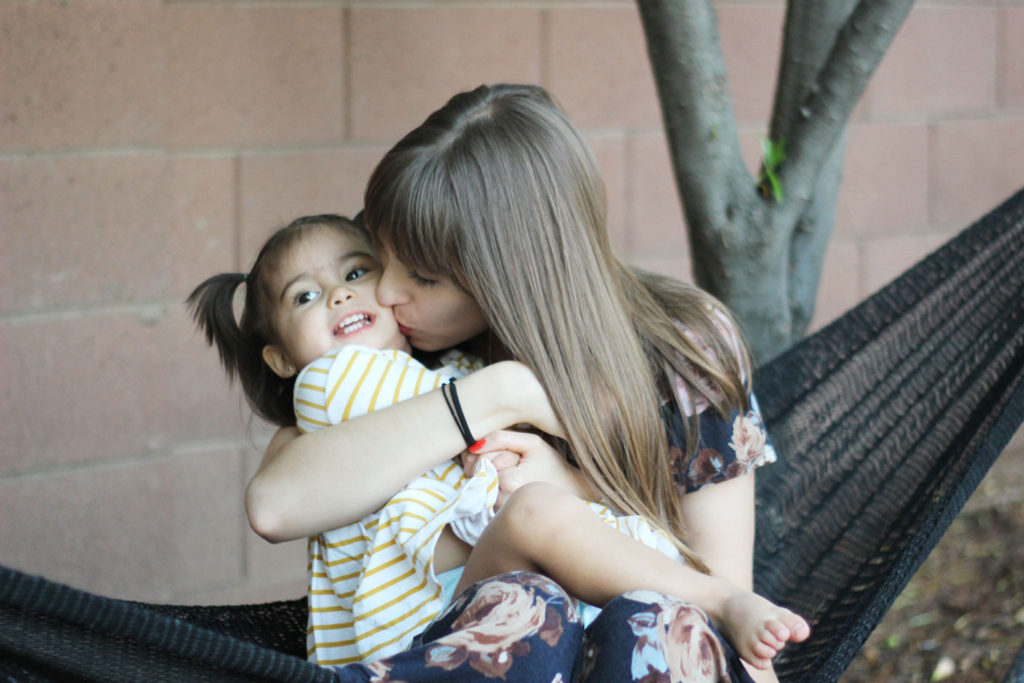
Como mi hija mayor nació cuando yo tenía 27 años, tuve bastante tiempo para convivir con los bebés de mis amigas antes de ser mamá. No se si les ha pasado que a veces ven cómo una mamá hace algo y saben inmediatamente que eso lo van a hacer ustedes también con sus hijos. ¡A mi me pasa super seguido! Siempre ando adoptando las buenas ideas de las mamás que conozco.
Me acuerdo tanto de la vez que una de mis amigas me enseñó algo super importante, aunque para ella no era nada del otro mundo.
Les cuento que un día fui a visitar a mi amiga y a su bebé de 4 meses. Estábamos platicando a gusto, y de repente el bebé se empezó a poner necio. Mi amiga interrumpió su conversación conmigo, volteó con el bebé, y ¡se puso a platicarle! Así su conversación:
Mi amiga “¿Ah si, papi?”
Bebé: Aaaa, ooooo
Amiga: “¿Y luego?”
Bebé: Toz falsa, riza
Amiga: “¿En serio? ¡No me digas!
Y bueno, así sucesivamente. Debo confesar que ¡nunca me había puesto a pensar cómo le debería de hablar a un bebé!

Por eso me da muchísimo gusto compartirles hoy el método Conversar para Aprender. Se trata de una iniciativa de la organización Read on Arizona. Con esta campaña, Read On Arizona nos está ayudando a preparar a los niños más chiquititos para tener éxito en la escuela y en la vida.
Y resulta que al tener este tipo de conversaciones con nuestros bebés— hablándoles de manera cariñosa y receptiva, usando palabras nuevas, etc.— ¡les enseñamos cómo pueden comunicarse con nosotros! Y hay que mencionar también que para los bebés, el contacto visual, las expresiones faciales, las sonrisas y hasta el llanto son formas de comunicación muy importantes también.
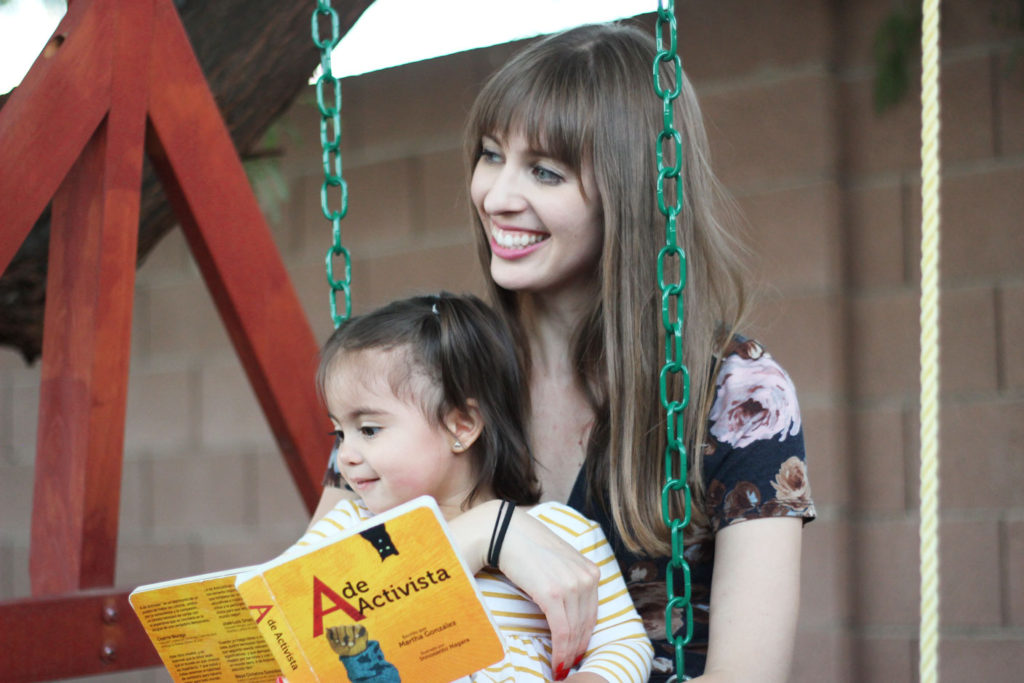
Usar el método Conversar para Aprender es super fácil, ¡y no se necesita ningún entrenamiento! Sólo hay que seguir estos 5 pasos:
- Describa: Platícale al bebé lo que estás haciendo mientras lo haces. Cuéntale que le vas a poner su pantalón azul hoy, o que vas a recoger la cuchara que acaba de aventar al piso.
- Pregunte: ¿Quién acaba de entrar al cuarto? ¿En dónde quedó el vaso de agua? Y también hay que dejar espacio para que nuestros chiquitos contesten la pregunta (¡aunque sea sólo con soniditos y no palabras!)
- Responda: A nadie le gusta hablar solo, entonces hay que responder si el bebé nos está “platicando” (así como lo hizo mi amiga).
- Lea: ¡Esta es la estrategia que más me gusta! Leer con nuestros chiquitos es la forma más fácil de enseñarles palabras nuevas. Aparte sirve que aprovechamos para apapacharlos un poquito. 🙂
- Repita: Cuando usamos una palabra nueva, hay que asegurarnos de repetirla para que el bebé se la pueda aprender. También podemos repetir las palabras que ellos dicen para mostrar que si estamos poniendo atención cuando nos hablan.
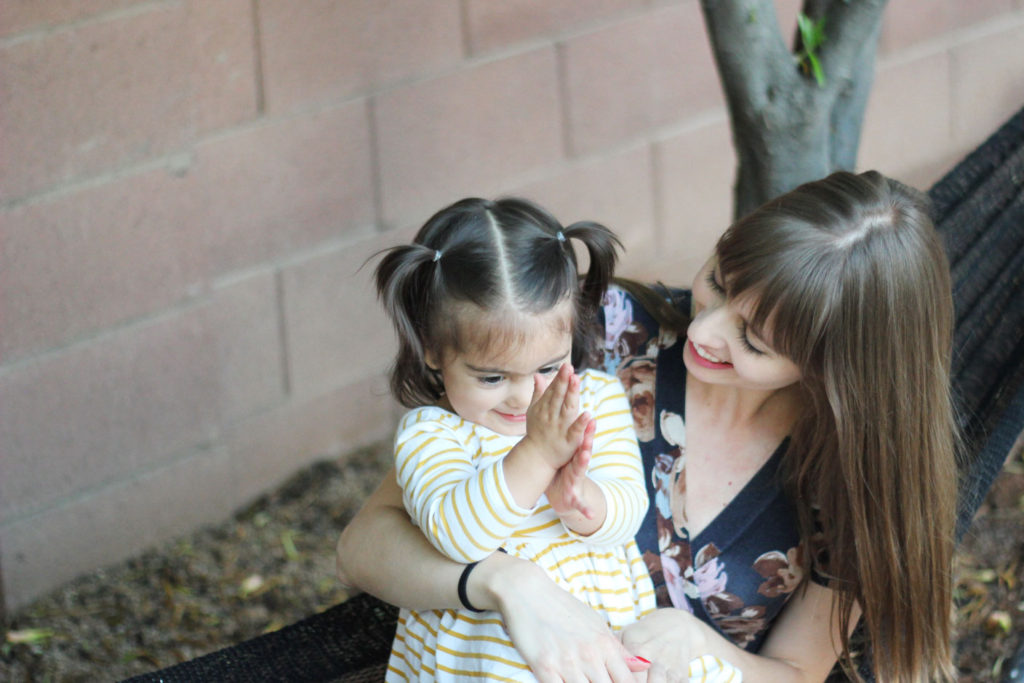
A mi me encanta que esta iniciativa nos está enseñando cómo preparar a nuestros bebés ¡desde bien chiquititos! Y también me siento super bien sabiendo que el fomentar el desarrollo verbal de mi hija es tan fácil como poner atención cuando me dice “nines” y luego contestarle “Ah, ¿quieres ponerte los calcetines?”.
¿Ustedes ya hacen estas cosas con sus chiquitos? ¿O alguna de ellas les es nueva? ¡Cuéntenme en los comentarios!

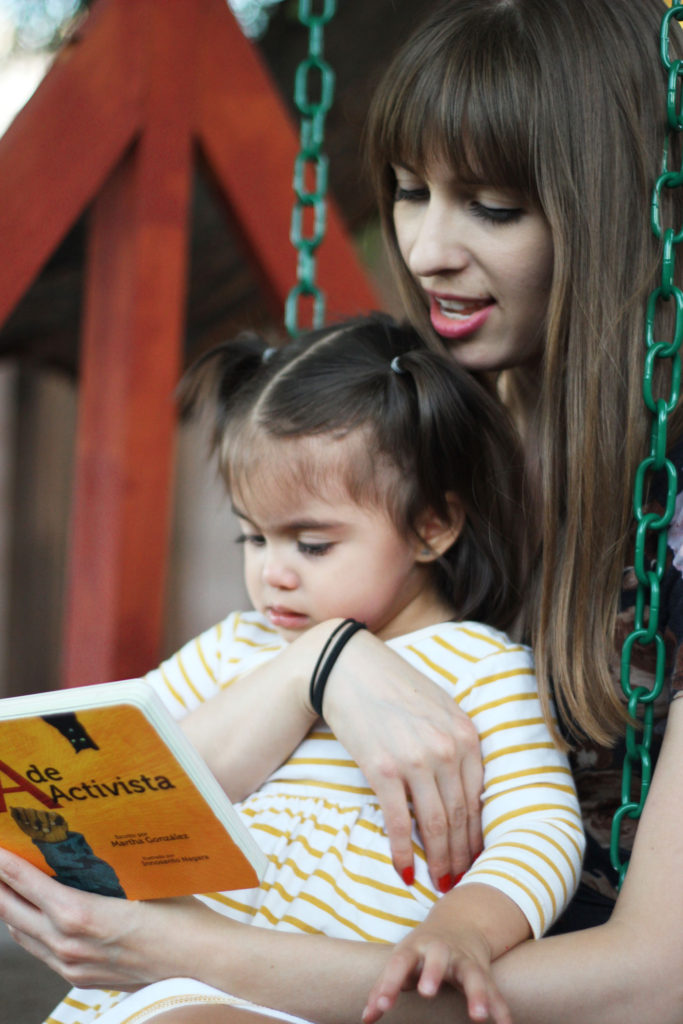
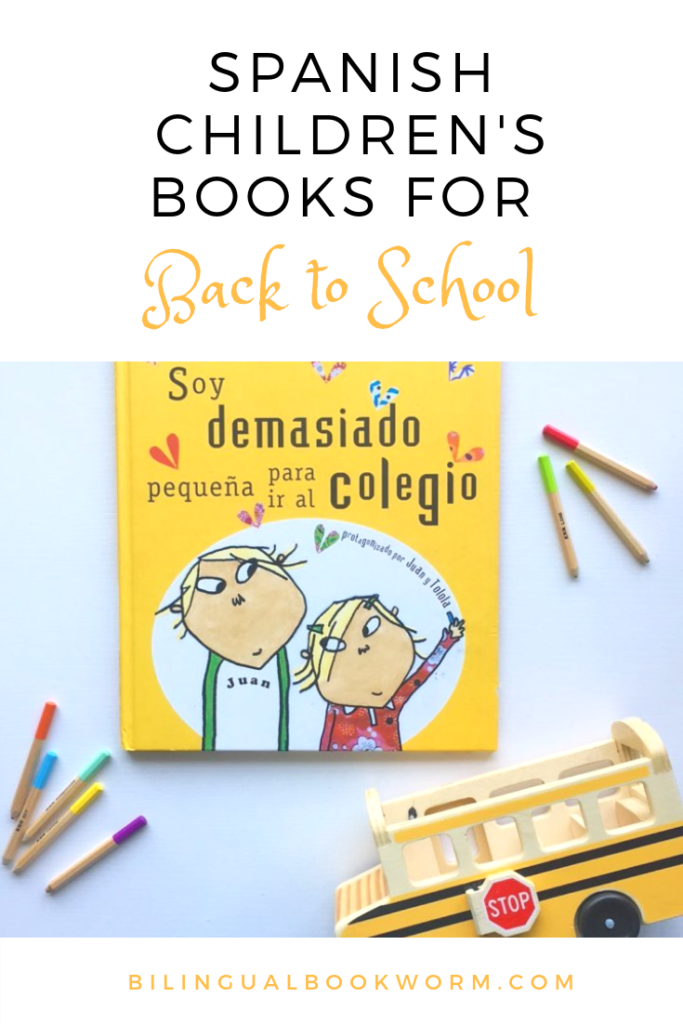 Ahh, September, the season of newly sharpened pencils and lunch boxes that don’t yet smell faintly of old sandwich. We’re pretty firmly back in the school routine (having started school in early August, what up AZ?). But I feel like September is the REAL back to school month and we’re still figuring out new routines and new relationships.
Ahh, September, the season of newly sharpened pencils and lunch boxes that don’t yet smell faintly of old sandwich. We’re pretty firmly back in the school routine (having started school in early August, what up AZ?). But I feel like September is the REAL back to school month and we’re still figuring out new routines and new relationships.
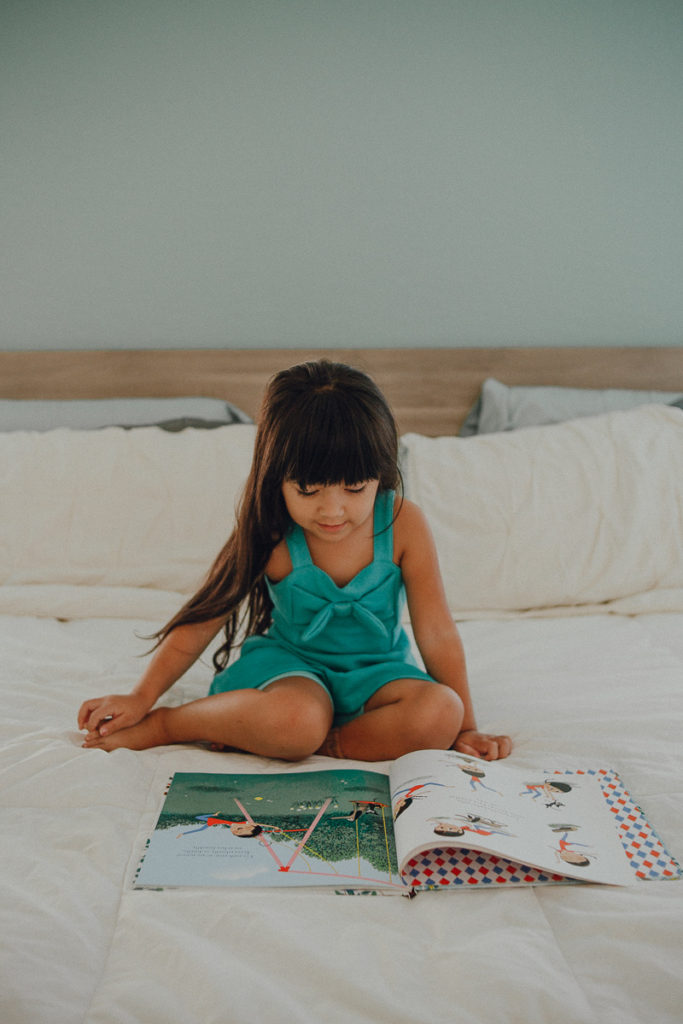
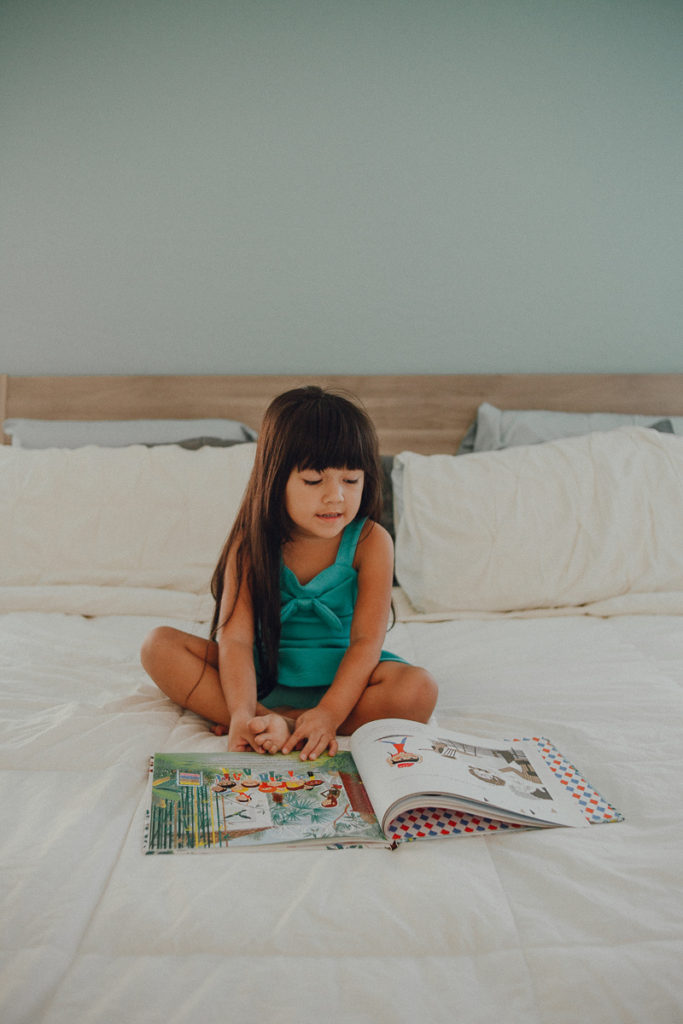

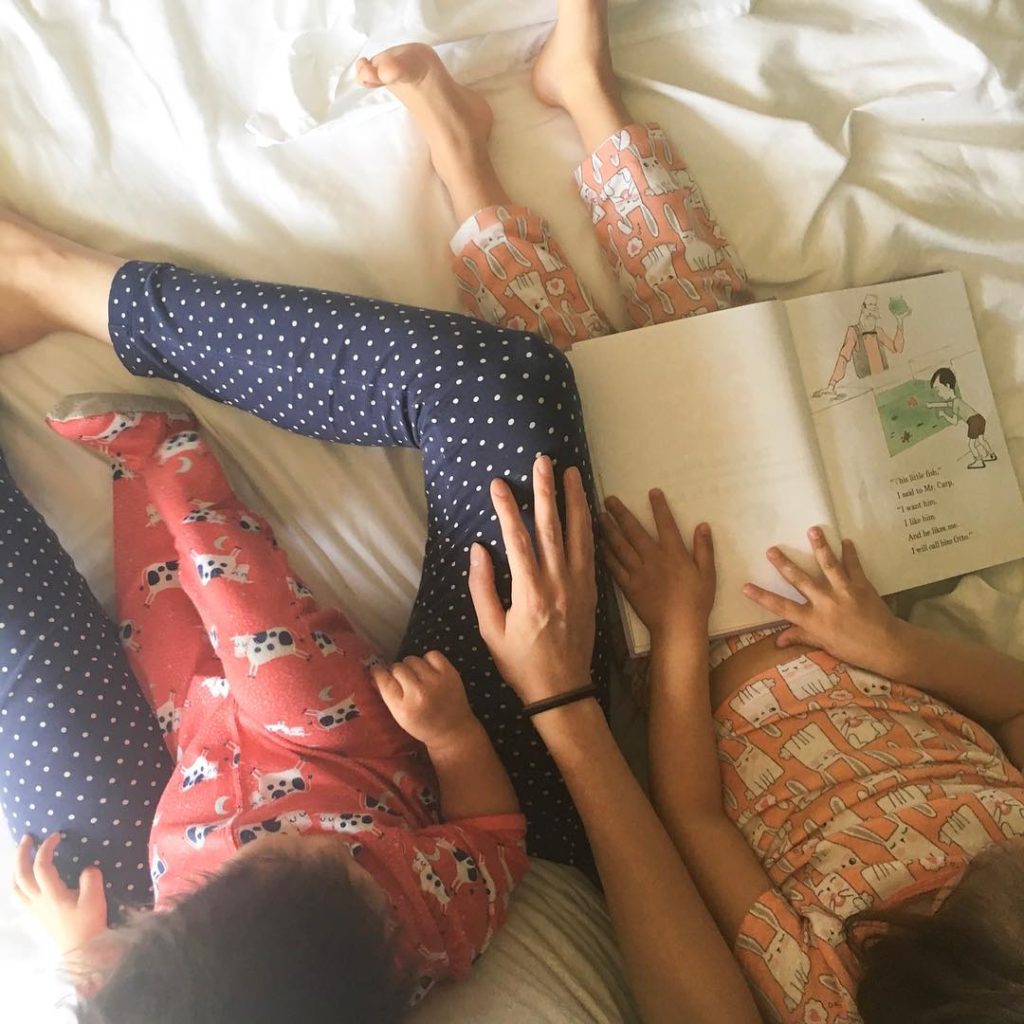 School starts this week for our Chiquita #1! It’s preschool, and she only goes twice a week for a few hours, but it still has a surprisingly big impact on our schedule to have to rush out of the house even two mornings a week. Now that we’re getting ready to say goodbye to summer, I realized that I’ve accidentally been doing slow parenting for the past month.
School starts this week for our Chiquita #1! It’s preschool, and she only goes twice a week for a few hours, but it still has a surprisingly big impact on our schedule to have to rush out of the house even two mornings a week. Now that we’re getting ready to say goodbye to summer, I realized that I’ve accidentally been doing slow parenting for the past month.
 In Phoenix, Arizona there’s a place called Butterfly Wonderland. Its main attraction is a high-ceilinged greenhouse filled with plants, where more than 3,000 butterflies flutter around and, to the delight of small children and adults alike, will sometimes alight on a human shoulder or head or arm.
In Phoenix, Arizona there’s a place called Butterfly Wonderland. Its main attraction is a high-ceilinged greenhouse filled with plants, where more than 3,000 butterflies flutter around and, to the delight of small children and adults alike, will sometimes alight on a human shoulder or head or arm.
